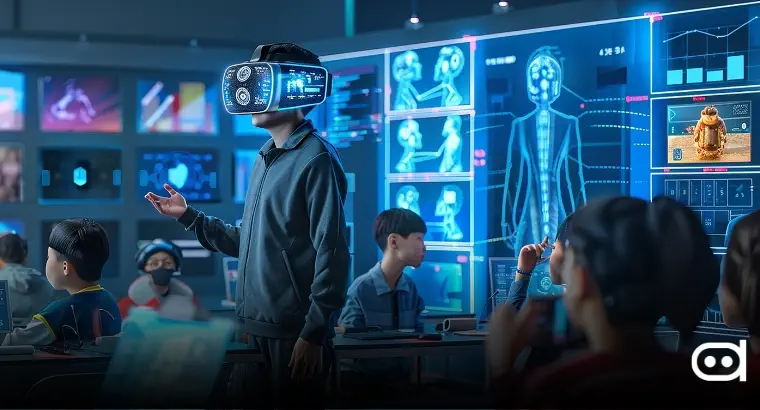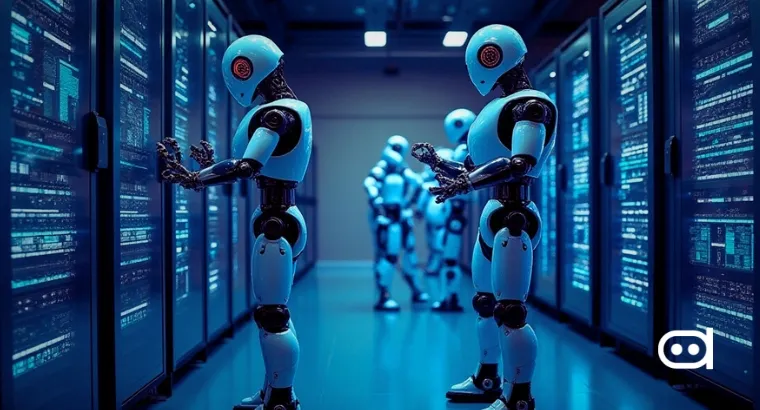
- James Landay, a prominent figure at Stanford, is making significant strides in the realm of human-centered computing, a field dedicated to designing technology that aligns with human needs and values. His pioneering work is not just about technological advancement but also about ensuring that these advancements are rooted in enhancing human experiences.
- At Stanford, Landay’s approach bridges the gap between technology and its users, focusing on making tech more intuitive, accessible, and beneficial for society. This article delves into his journey, the impact of his work, and how he’s shaping the future of computing.
James Landay’s interest in making technology more accessible and intuitive sparked his journey into human-centered computing. At Stanford, he has been playing a key role in fostering an atmosphere where technological systems are designed with the user at heart. He focuses on how to understand human behavior and needs so that the resulting technologies can be innovative as well as being practical and user-friendly.
Landay’s approach is a confluence of disciplines such as psychology, computer science, and design. This mixture enables him to develop systems that are not only functional but also have personal meaning for users. For instance, many of his projects at Stanford involve close collaboration with people from other fields to ensure that the resulting technology is holistic and user-centric.
Read More:How Yang Hongxia is Transforming AI-Language Models at PolyU
Another significant contribution made by Landay is through his work on enhancing HCI (Human-Computer Interaction). By concentrating on everyday interaction patterns between individuals and the technological devices around them, he has managed to come up with systems that are more natural or less intrusive. His research leads to innovations in mobile computing, ubiquitous computing, and interaction design, which aim at allowing technology to seamlessly integrate into people’s daily lives.
Furthermore, Landay highly values teaching future technologists. He reckons that nurturing a mindset emphasizing human-centered design from inception is vital for the future progress of technology. Apart from conducting research at Stanford, his influence extends out to student guidance as well as collaborative ventures with colleagues who together seek ways of redefining what technology means when it considers humanity during its creation process.
Conclusion
James Landay’s work at Stanford signals a significant departure in how technology gets developed and deployed. By promoting a human-centered approach, he sets an example for new innovations that not only advance but also relate deeply to their consumers. Through these contributions towards human-centered computers field, we have moved closer to better understanding how we think about – and interact with our technologies thereby ensuring that any further progress will be meaningful





